.png)
With a thickness of a 2,900 kilometres, it makes up a staggering84% of Earth’s volume. The American’s and Soviets aimed to reach the mantle.
The race was on. The two superpowers competed with one another, with the ultimate aim to be the country who had dug furthest into the Earth's crust. The idea was to provide an earth science addition to the high-profile Space Race.
In 1958, the US took the lead with Project Mohole. A team of engineers drilled through the bed of the Pacific Ocean, at a location near Guadalupe in Mexico, until they reached 600 feet deep. The mantle is easier to access this way, since it lies a lot closer to the sea floor. However, Project Mohole had to be abandoned eight years later since their funding was cut. They never reached the mantle.

Next, it was the Soviet's turn to dig down deep. On May 24, 1970, a group of researchers began to drill down into the earth below the Pechengsky District, a sparsely populated region on Russia's Kola Peninsula.
Their goal was simple: to see how far into the earth's crust they could penetrate. They were determined to do better than the Americans had. Confident that they had enough funding to keep them going, they prepared to dig.
The Soviet's hoped to reach a depth of some 49,000 feet under the Earth's surface. The plan was set into motion, with the team using specialist equipment. They used the Ural mash 4E,and later the Uralmash-15000 series drilling rig.
The boreholes were drilled forking off from a central hole. While they slowly made their way down into the deep depths of the earth, the Americans were making some significant progress of their own. The game was on!
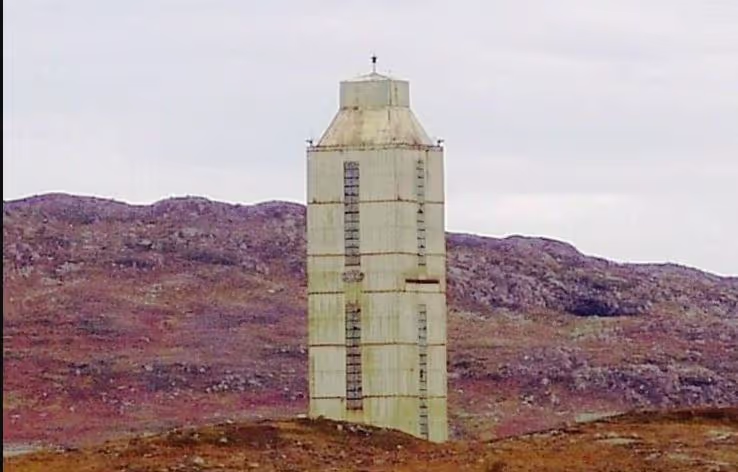
In 1974, the Lone Star Production Company was drilling for oil in Washita country in Western Oklahoma. In the process, they created the "Bertha Rogers hole." Over a period of just over a year, the team managed to reach 31, 441 feet, the equivalent of six miles below the surface of the Earth.
While Lone Star did not find what they were looking for, they had dug the deepest manmade hole on the planet. It remained this way for five years, until June 6 1979. This was the day that one of the Kola boreholes, SG-3, claimed the title. By 1983, the hole, just nine inches in width, had reached the astonishing depth of 39,000 feet.
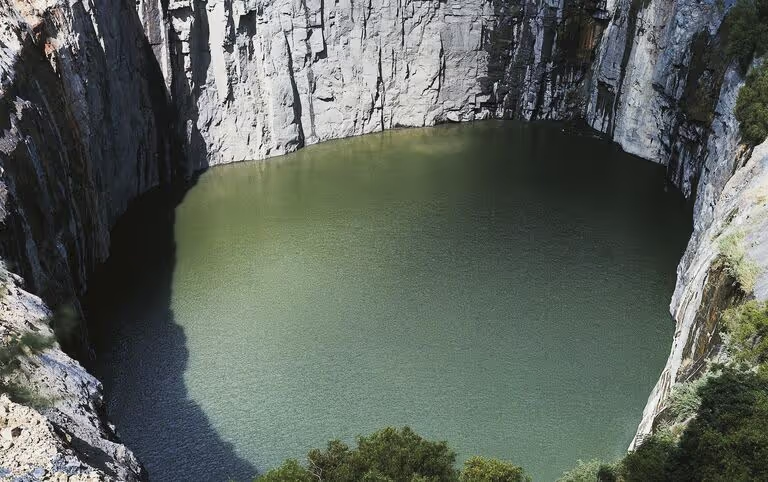
With this milestone achieved, workers on the Kola Peninsula temporarily put down their tools. They took 12months off in order both to give themselves a break and to give people a chance to visit the incredible site. They resumed work the following year but soon encountered some complications which meant that the work could not continue.
Determined not to let this defeat them, the researchers abandoned the previous borehole and started again, this time from a depth of 23,000 feet. By 1989, the drilling had reached a record 40,230 feet - an incredible 7.5 miles. This filled the workers with optimism again and they became confident that the hole would pass 44,000 feet by late 1990.
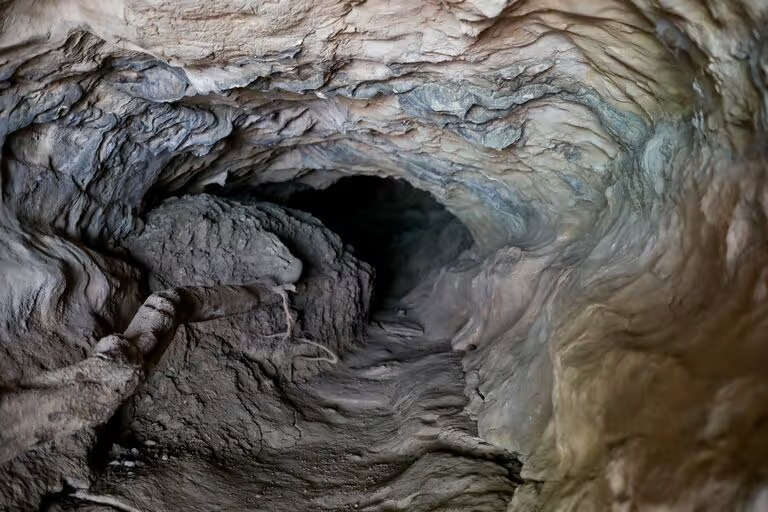
Still more incredible, it was estimated that the hole would reach its target of 49,000 feet by as early as1993. The workers didn't know it yet, but they were about to discover something quite amazing lurking beneath this remote Russian tundra. As the drill inched ever closer to the Earth's centre, it was met with an unexpected change.
The researchers had discovered some incredible things before they had to seal up the hole, which is now referred to as the "Kola Superdeep Borehole." When they had reached around four miles in depth, they came across some tiny fossils of marine plants. They were extremely well preserved considering the fact that they had been buried below miles of rock. The rock in question was believed to be over two billion years old.
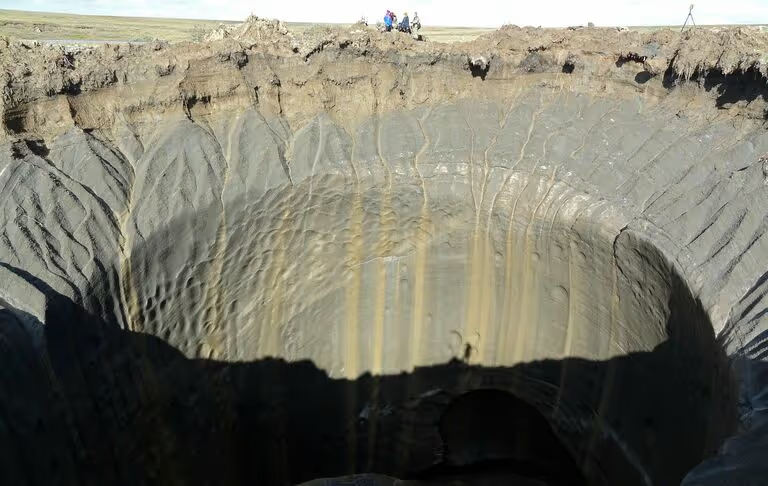
At the farthest reaches of the Kola Superdeep Borehole, an even more exciting discovery was made. Up until this point, it had been predicted by scientists, after measuring seismic waves, that rock under our feet shifts from granite to basalt at around two to four miles beneath the surface. However, on the Kola Peninsula, they found that this wasn't the case.
Instead, they found only granite at the deepest point of the borehole. As a result, after doing some extensive research, they came to the conclusion that metamorphic differences in the rock was the reason for any changes in seismic waves, rather than a shift to basalt.
Science or God?
They also discovered flowing water several miles beneath the Earth, at depths that no one had ever predicted water might be. While some have jumped on this with comments that this provides us with evidence of biblical floods, there is actually a scientific explanation for this. It is believed that this has happened as the result of strong pressure forcing oxygen and hydrogen atoms out of the rock. Following this, the newly formed water became trapped beneath the surface.
Thank you Trends catchers for the great article very interesting
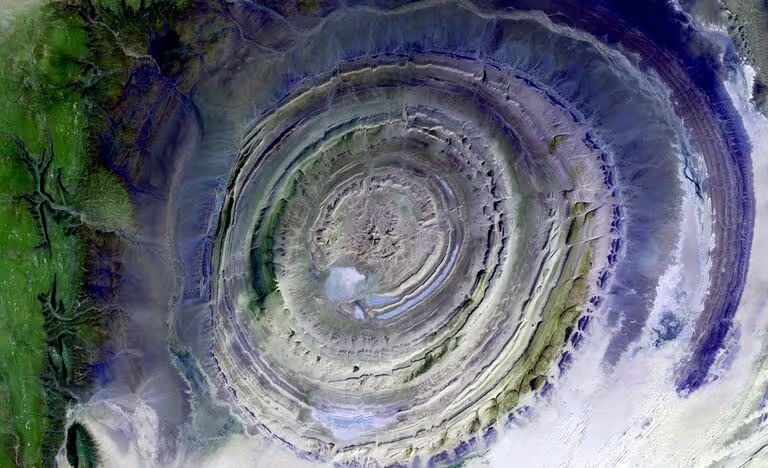
.png)
Contribute to your future, a Non Profit Organization and buy us a Coffee with 3 simple clicks and a minute of your time. Imagine what we can do together.
To thank you, we will call you personally.
This is the amount that will be distributed amongst the current shareholders.
Current Share Holders
1102/500,000